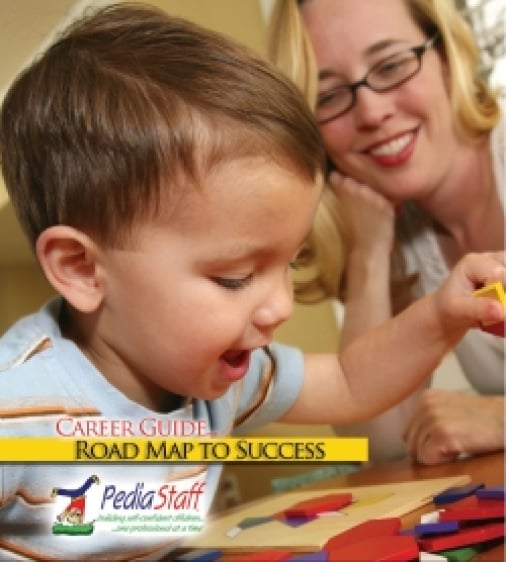Worth Repeating: Evidence-Based Care Guidelines for Pediatric Constraint Induced Movement Therapy
[Source: Cincinnati Children’s Hospital]
One of three children with cerebral palsy (CP) experiences hemiparesis: impairment affecting one side of the body (Himmelmann 2005 [D], Hagberg 2000 [O]). Hemiparesis is also common among children who experience traumatic brain injuries, childhood strokes, and other central nervous system conditions.
Neonatal brachial plexus injury (BPI) caused by a birth or traumatic injury to the brachial plexus (an injury of the peripheral nervous system), occurs in about 1.5 per 1000 live births.(Foad 2008 [D]) Similar to children with hemiparesis, these children often present with poor functioning of one arm while the other arm is usually without problems.
Children with impaired functioning of one of their arms can have disabling symptoms affecting play, school, and self-care. Hand and arm functioning may be affected by abnormal muscle tone and flexion synergies, decreased strength, decreased active and passive range of motion, altered sensation, and neglect (Eliasson 2006 [X]).
Also, children with hemiplegia due to central nervous system damage are often affected by mirror movements–unconscious and uncontrolled movement of one hand following the same pattern as the contralateral hand—impacting the ability to use two hands when the hands are required to do different movements (for example, one hand stabilizes an object while the other acts on the object). (Eliasson 2006 [X])
Current theory suggests that children with unilateral upper extremity impairment must overcome “developmental non-use”, a term indicating that the children never have effectively used the impaired upper extremity (Gordon 2006 [C]). Another term frequently used in literature is “learned non-use”, a term referring to hemiplegia in an individual who previously had functional use of the arm (e.g. a person who had an acquired stroke or traumatic brain injury) (Taub 1999 [S]).
Read This Entire Document / Article on Cincinnati Children’s.org
PediaStaff is Hiring!
All JobsPediaStaff hires pediatric and school-based professionals nationwide for contract assignments of 2 to 12 months. We also help clinics, hospitals, schools, and home health agencies to find and hire these professionals directly. We work with Speech-Language Pathologists, Occupational and Physical Therapists, School Psychologists, and others in pediatric therapy and education.
